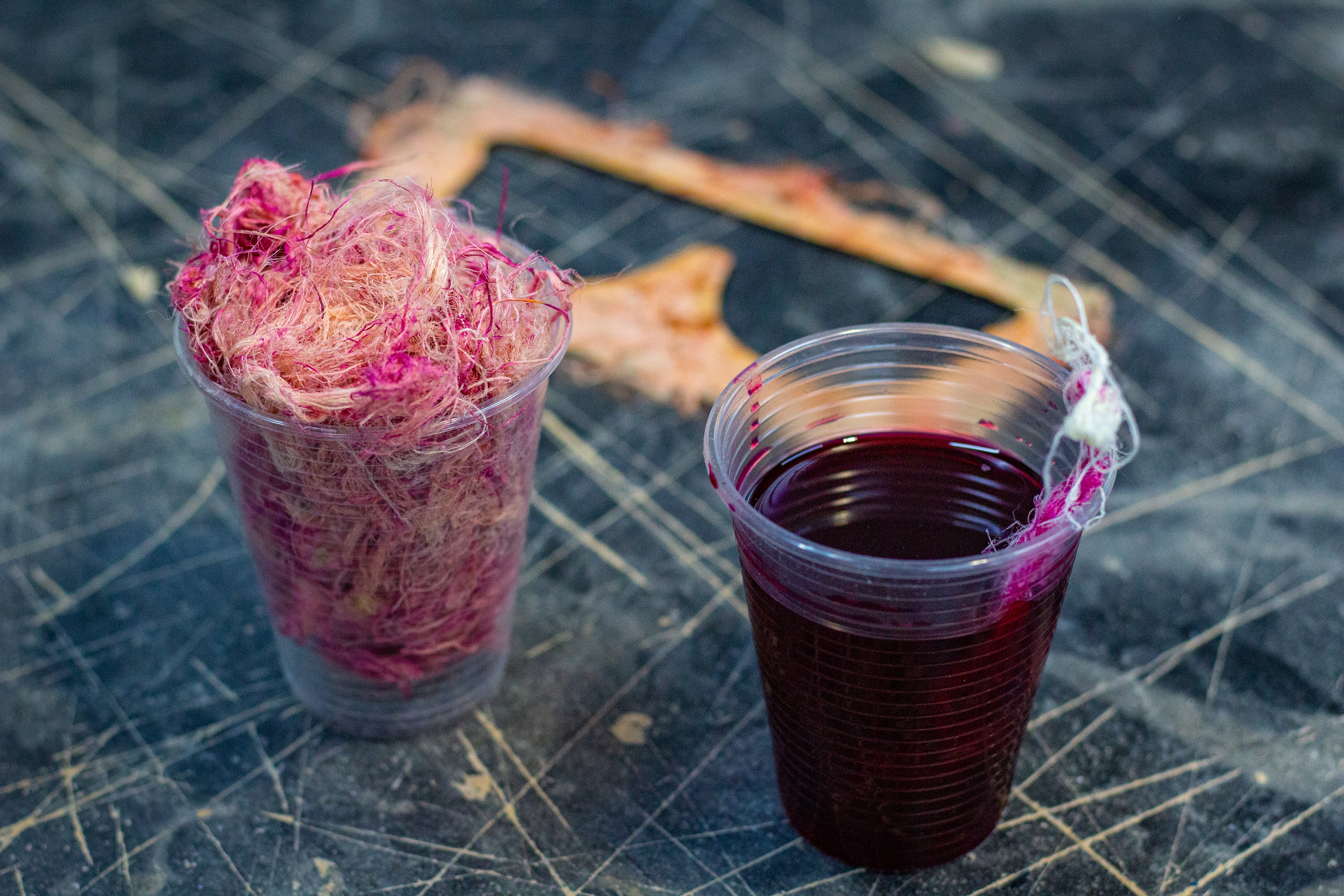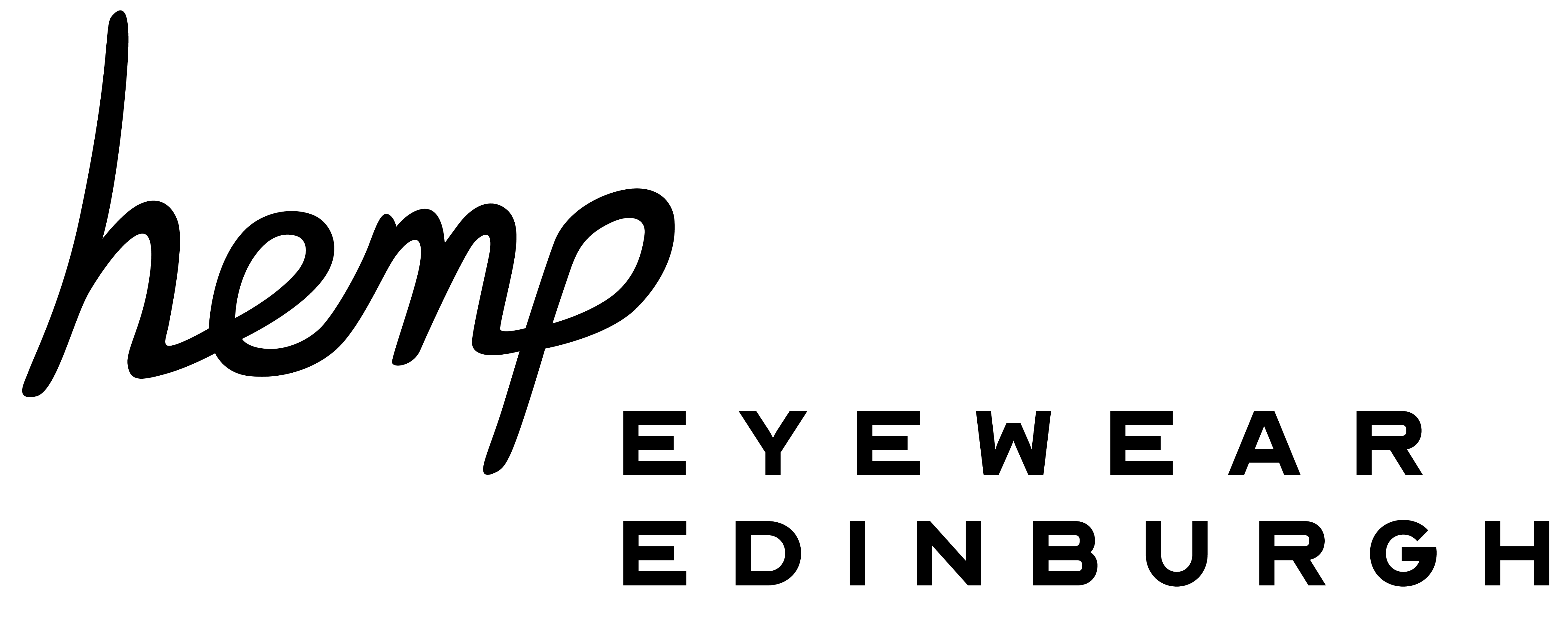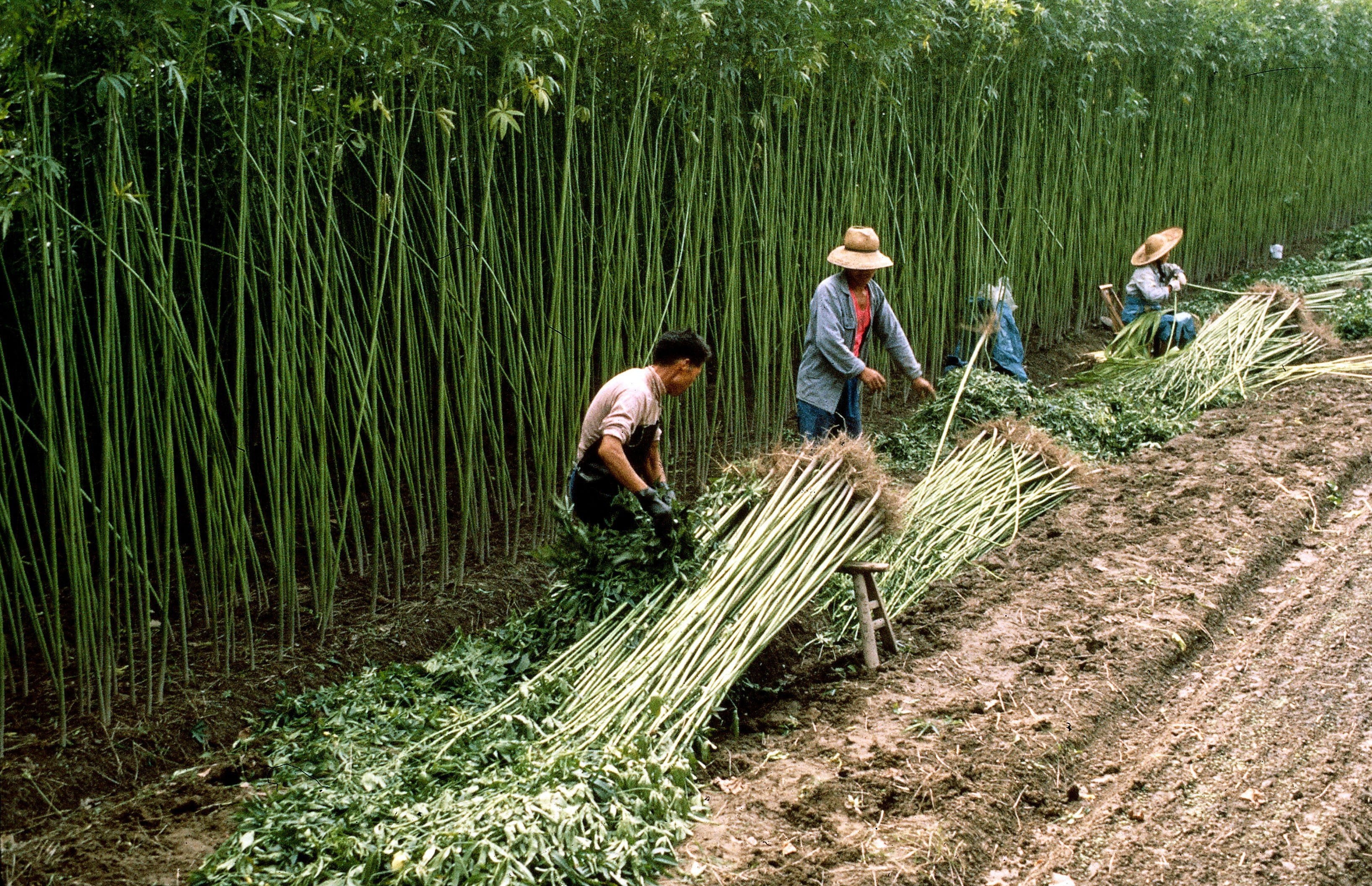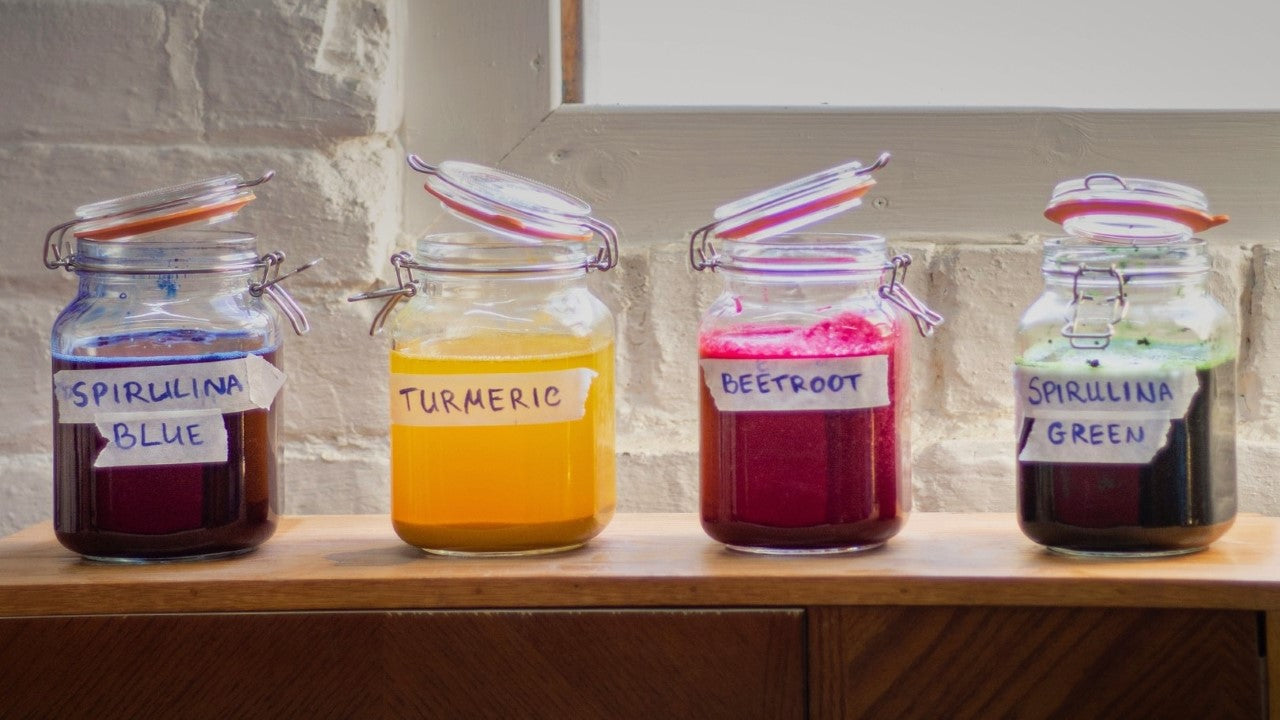
The Dyeing Game: Synthetic, ‘Natural’ and Natural dye.
Hemp Eyewear first introduced the use of turmeric as a natural dye on their Primrose hemp fibre sunglasses back in February. The limited-edition frames presented a refreshing burst of warm colour at the start of the New Year and provided an inkling to projects in the pipeline. We believe that always innovating and breaking the mould is the only way we can continue to grow- because we’re not afraid to be different, we’re afraid of being like everyone else.

The world today is oversaturated with artificial colours and choices, and the practice once widely used across ancient Asia is only seen in remote monasteries today. The concept of natural dyes is something that strongly aligns with our mission and outlook, and we feel it is our Corporate Social Responsibility to be as organic and environmentally friendly as possible.
But as the masses become more eco and sustainably aware, many questions are still frequently ignored by international fast-fashion producers who continue to steer the attention away with their ‘green washing’ campaigns. But synthetic dyes were only introduced in 1856, and since then the textile industry has become one of the biggest contributors to global warming, second only to fossil fuels. These dyes saw such widespread favouritism due to their accessibility and affordability, and little consideration was given to the millions of tonnes of chemical waste it was quickly producing.

However, there is a growing global shift back to the use of natural colourants in the fashion and textile industry? In short- it has been proven to be extremely detrimental to the health of both the workers who handle the process and of the environment.
Due to the toxicity of the dyes and chemicals used in textiles and further, the inappropriate discharge of such waste has led to skin diseases and respiratory problems among many workers. This has luckily triggered a movement for the rising demand of producing textile products through environment-friendly and sustainable dyes and processes.

We are passionate about eliminating plastic and unsustainable chemicals from our process, as we continue to push the boundaries of sustainable design by getting back to natural roots. Many natural dyes are not particularly toxic in themselves, but they will not stick to textile fibres unless they are treated with mordants. These are commonly used by 'natural' dyers today and are made of metal salts, which vary from slightly to deadly poisonous and extremely toxic for the environment as well.
We will maintain our role as not your stereotypical producer, by using industry pioneering and sustainable processes to produce goods that are 100% vegan and ethically sourced. Everything we do is driven by our love of hemp as a super crop, and the environment- whilst also producing the highest quality accessories. In the coming months, we will develop our initial concept as we explore a mirage of colours and designs.





